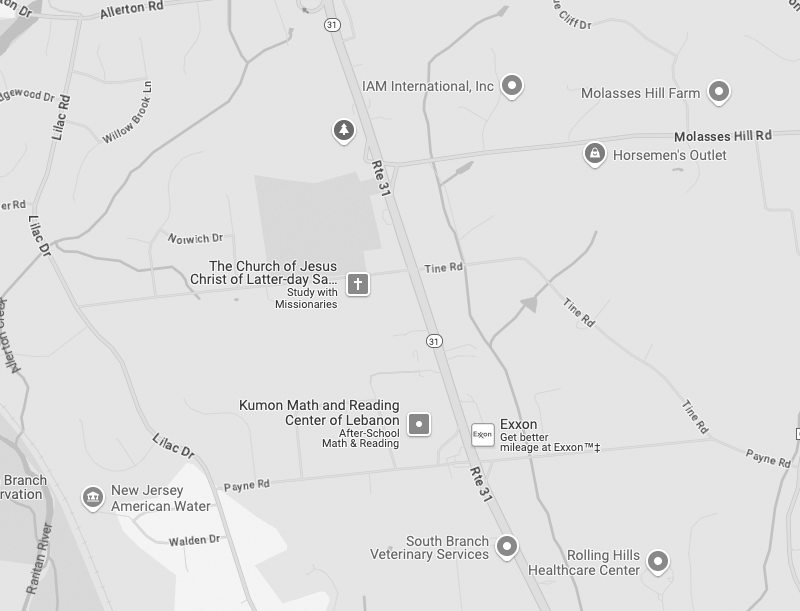April 17th, 2018
It’s common knowledge that you should get your teeth cleaned every six months. But do you know why that timing is crucial? Studies have shown that your oral health connects directly to the rest of your body. Over time, an unhealthy mouth can cause trouble in other parts of your general system. Undergoing a regular…
Continue Reading
April 10th, 2018
If you suffer from dental anxiety, we understand that paying a visit to our office can seem like a nearly impossible mission. Regardless of what the root of that anxiety might be, we’re here to tell you that at Dr. Steven DeCasperis, DMD, you have no need to be nervous. Our office is dedicated to…
Continue Reading
April 3rd, 2018
Happy Oral Cancer Awareness Month! We know oral cancer can be kind of a scary topic, but it’s worth using this opportunity to learn about the disease and spread knowledge so everyone becomes more aware. The more we know, the better we can work to prevent it! Oral cancer is exactly what it sounds like:…
Continue Reading
March 27th, 2018
There are so many adults and teens in our Lebanon, NJ office who would love to have their teeth straightened but that are unwilling to go through the long and unsightly process of traditional metal braces. Well, that's where Invisalign® and Invisalign Teen® come to the rescue; the most advanced clear aligner systems in the…
Continue Reading
